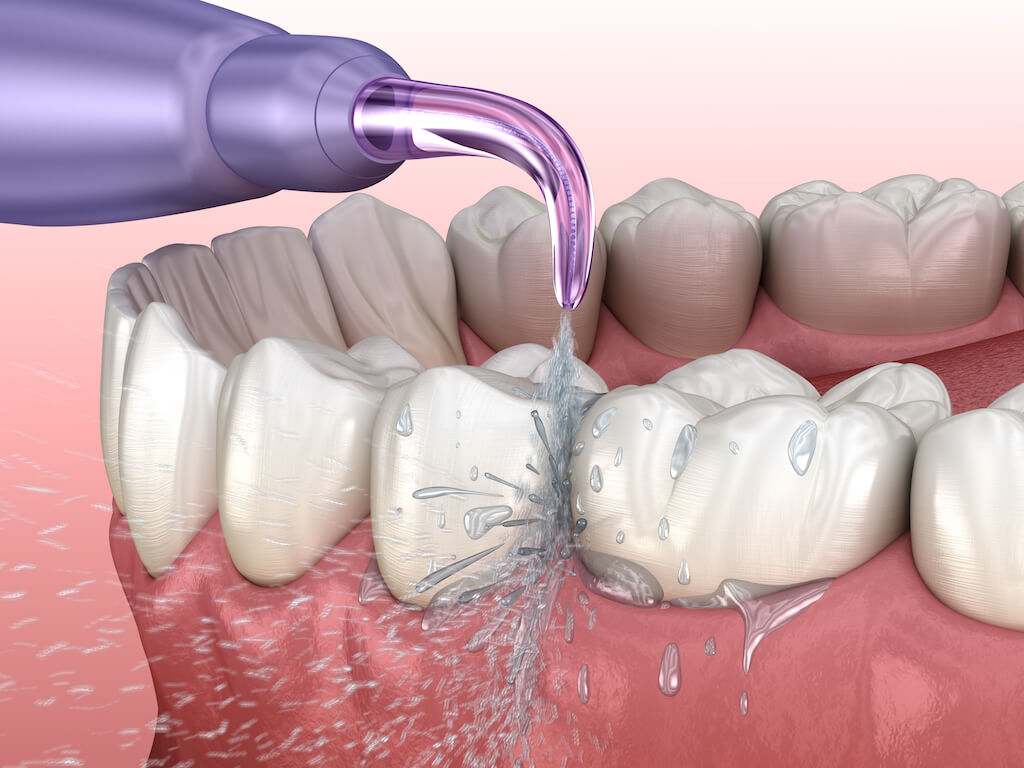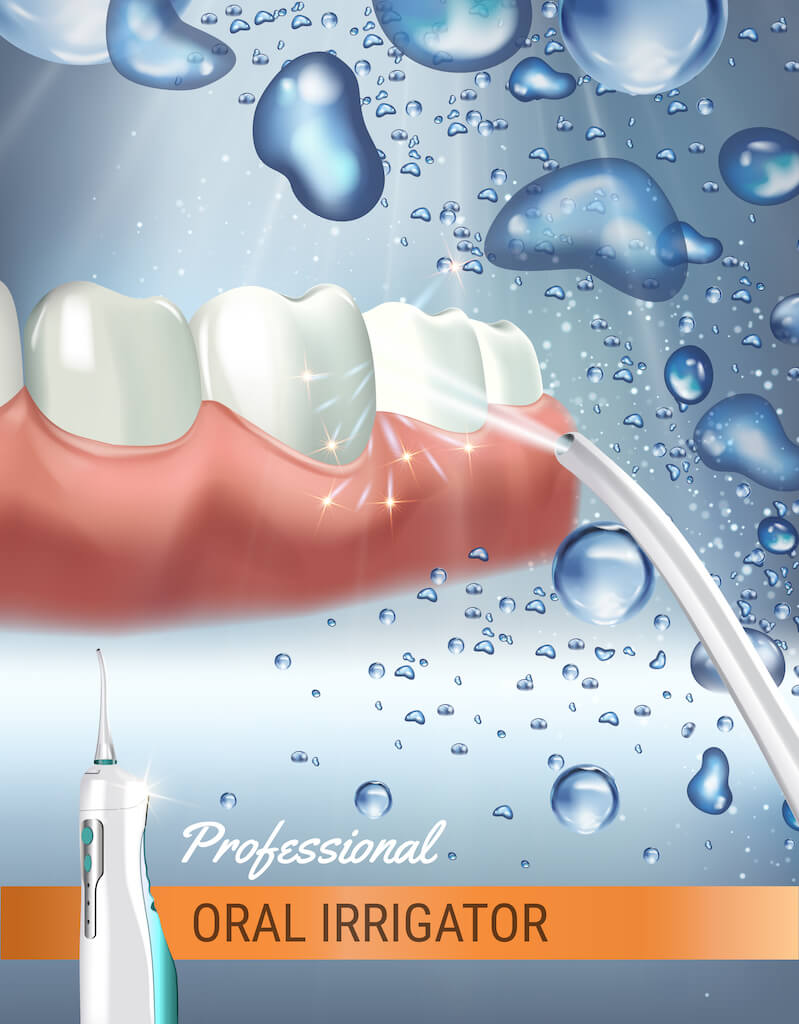Water Flosser vs AirFlosser - Everything You Need to Know

Flossing is a proven way to improve your oral health. Most people should floss at least once or even twice a day. Making sure to remove food debris and plaque from between your teeth will help prevent gum disease and cavities.
Difference between Water Flossers and AirFlossers
If you find it hard to use string floss, then explore other options to keep up with this important part of your oral hygiene routine. Water and air flossers are alternatives to string floss that both do a great job at removing plaque. Exploring the differences between the two can help you make the right choice for your needs.
What Is an Air Flosser?
Air flossers look a lot like an electric toothbrush. They use pressurized air with a small amount of water to blow away plaque along your gum line. Air flossers are cordless and don’t have tubes like water flossers do.
Since they don’t need a large water reservoir, they are easier to stow away in a drawer when you are through. People tend to like air flossers because they are easier for people to use without making a mess.
How Does a Water Flosser Work?
Water flossers also use air to generate pressure, but they use more water. The extra water helps to loosen up plaque and wash it away. Tempe dentists recommend adding special mouth rinses to the water to treat gum disease.
You might prefer a water flosser if you have stubborn plaque that needs more power to remove it. Families also tend to like that water flossers have different colored tips, which can be swapped out for multiple users.

How Do You Know Which Is Best?
Looking at the research is an effective way to narrow down your options. A recent study showed that water flossers are 80% more effective for reducing gingivitis compared to an air flosser. They were also 70% better for plaque reduction.
Water flossers are especially helpful for removing plaque on the lingual surface of the teeth. This surface of your teeth is the area that is closer to your tongue. Since brushing the back of your teeth can be challenging, blasting them with water helps to wash the plaque away. For this area, water flossers removed two-times more plaque than air flossing. They further reduced plaque at the gum line by three-times as much as air flossers.
Ultimately, the best type of flosser is the one that works for you. Some people prefer the convenience of an air flosser that can be stashed away in a drawer. Others need the extra cleaning power of more pressurized water.
Either way, you should also continue using floss that removes plaque with more manual friction. Floss picks and interdental brushes are options you can use if traditional floss is hard to use. You can alternate using string floss with a water or air flosser in the morning and evening. Or, you can do both during the same oral hygiene routine.
We always like to say that there’s a solution for every oral hygiene challenge. Water and air flossers are great for people with braces, bridges and closely-spaced teeth.
If you need help choosing a flosser, just let us know. You’ll love that fresh and clean feeling you get from better plaque removal. Plus, you’ll be able to look forward to easier dental cleanings when you’ve done such a great job at home.